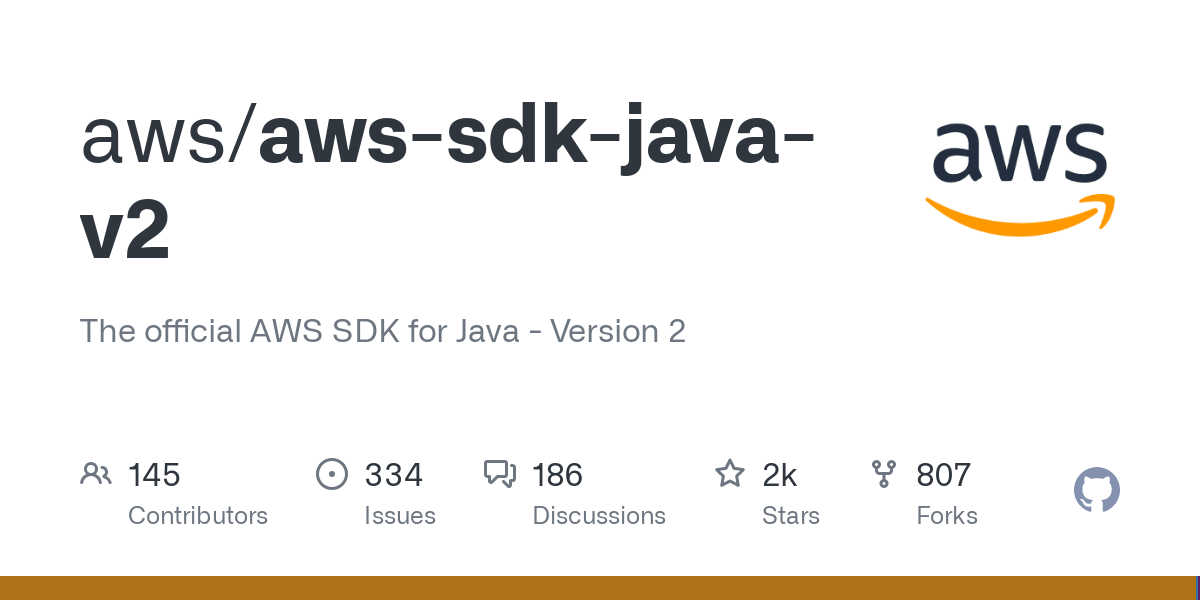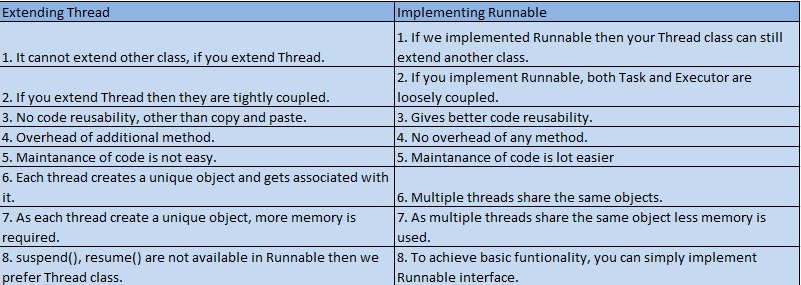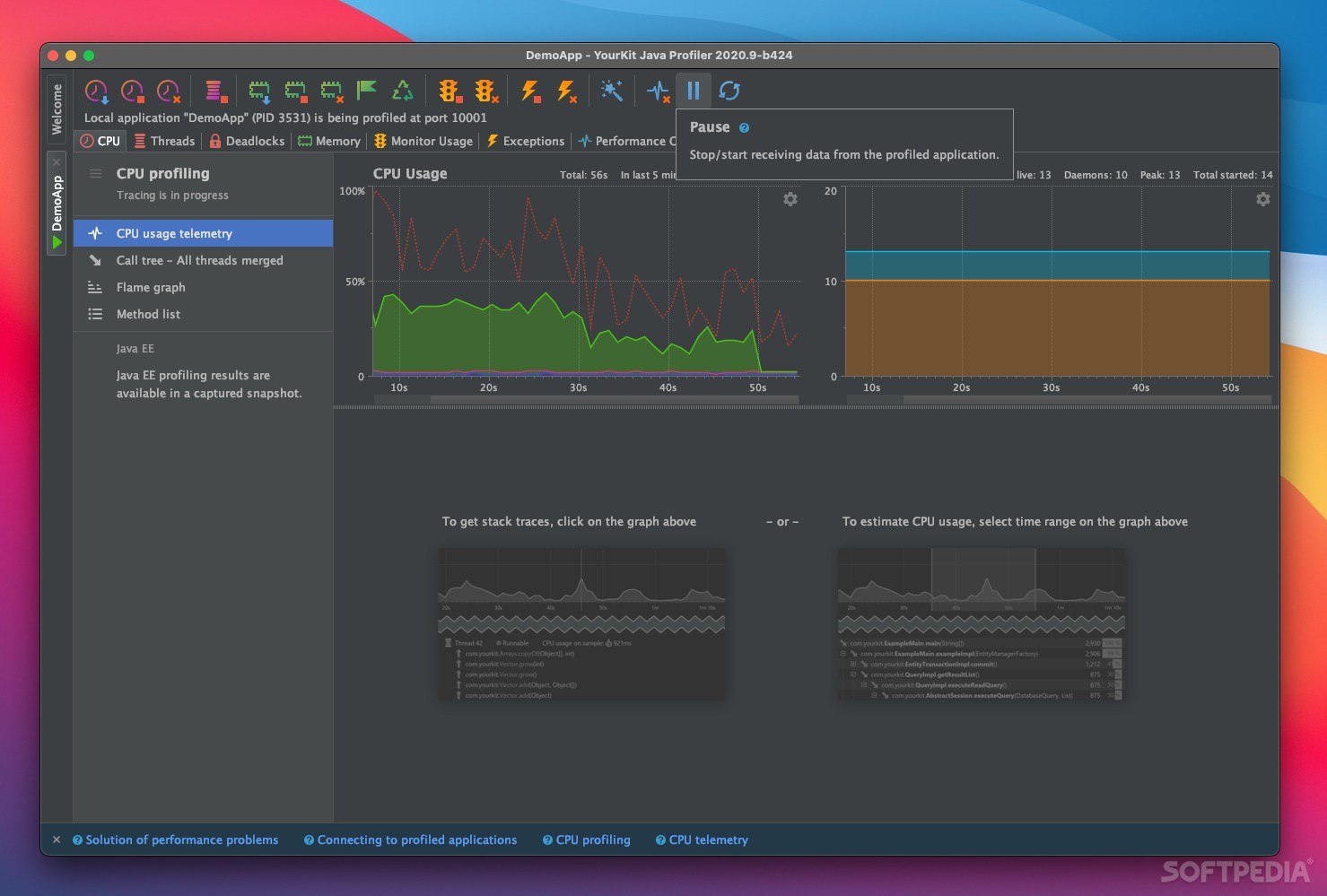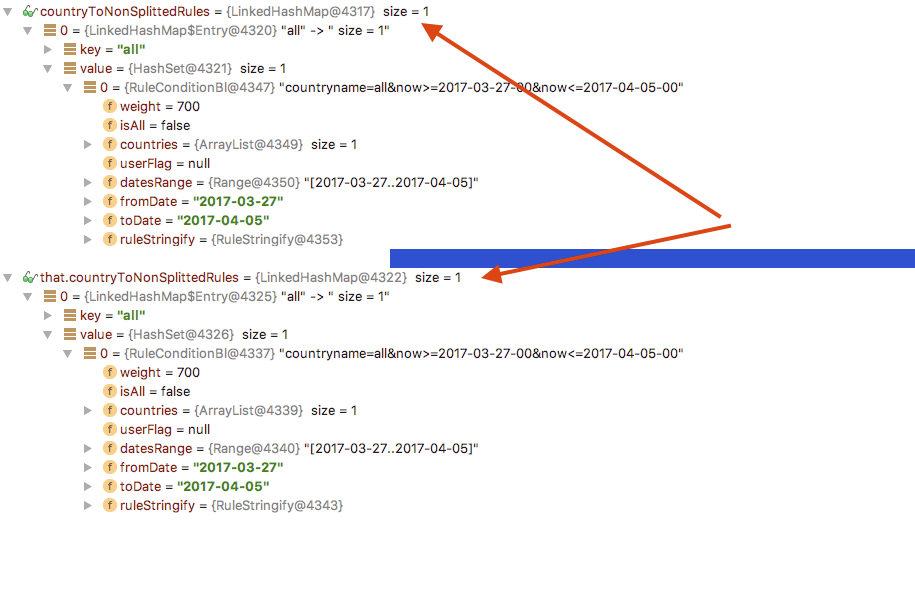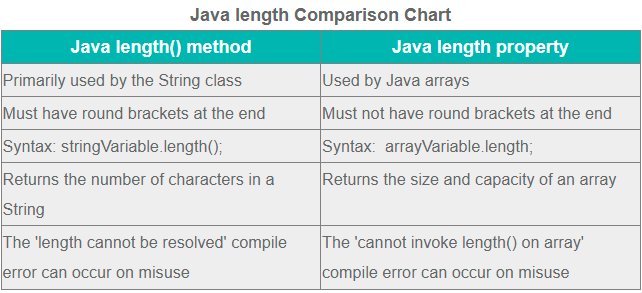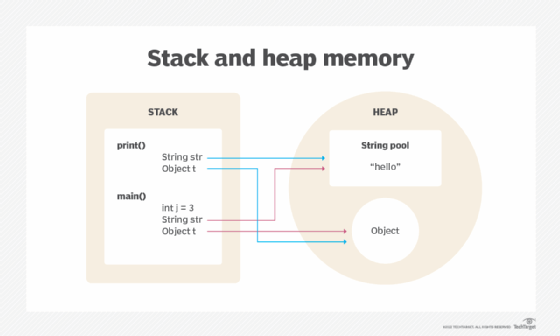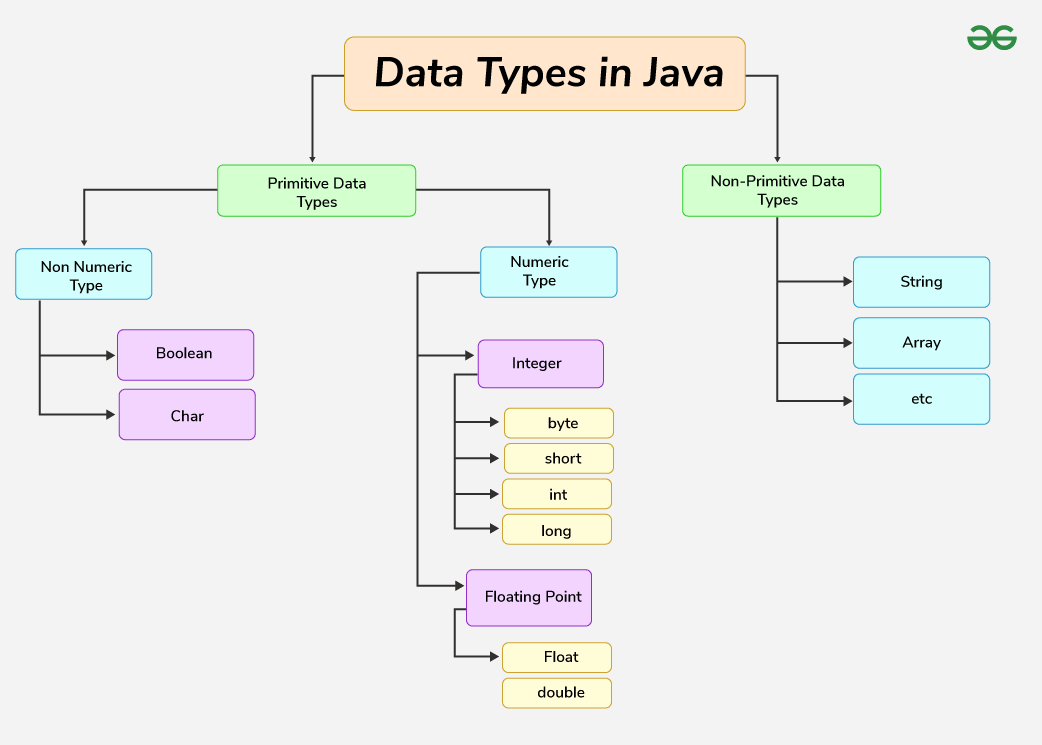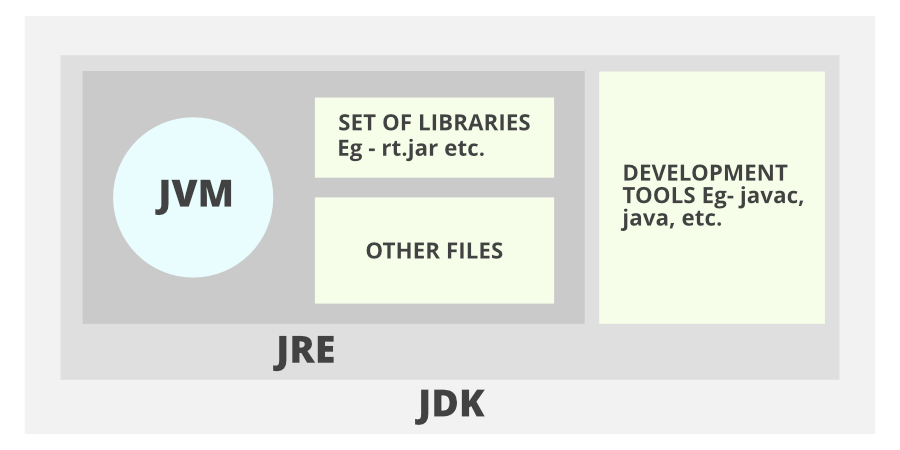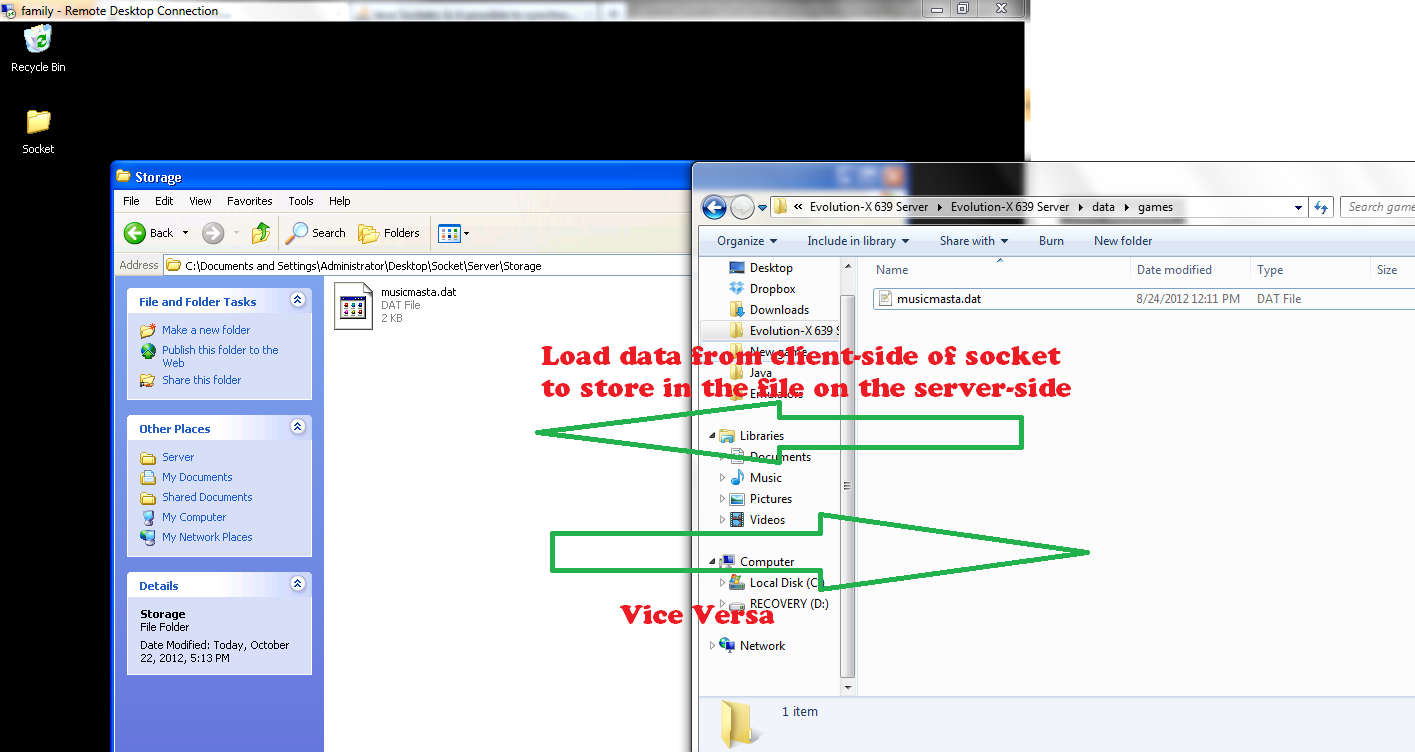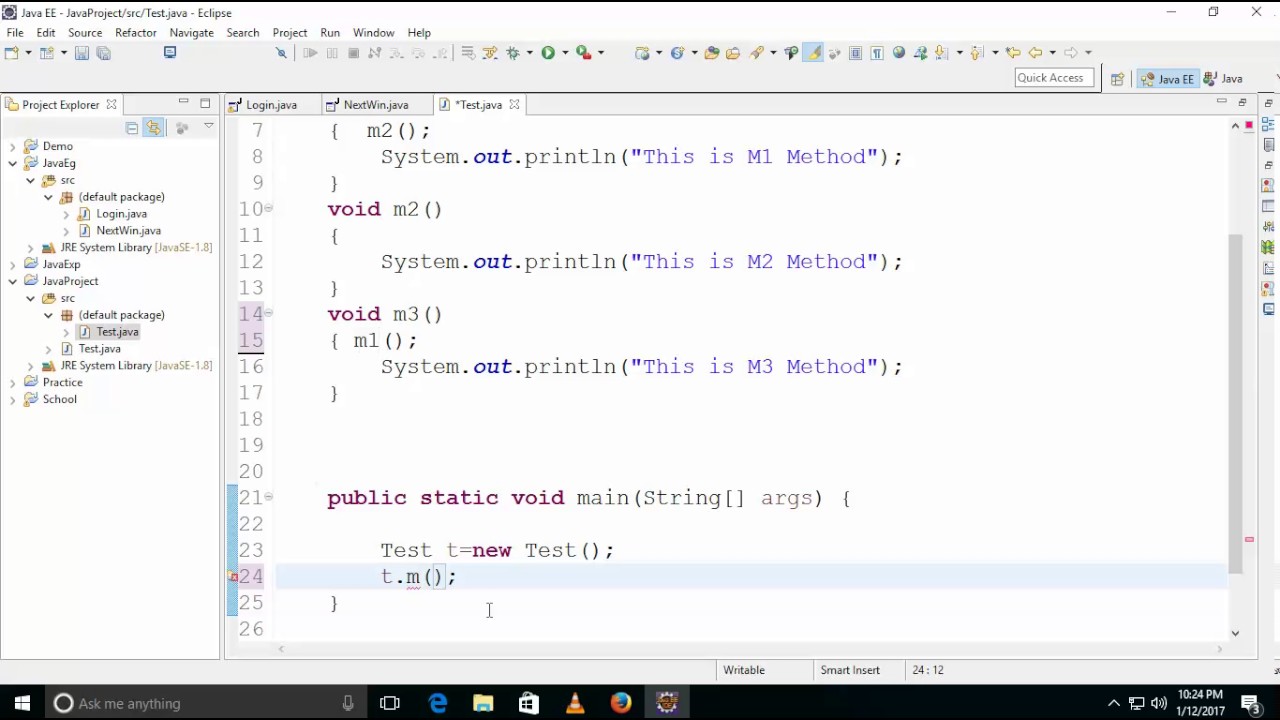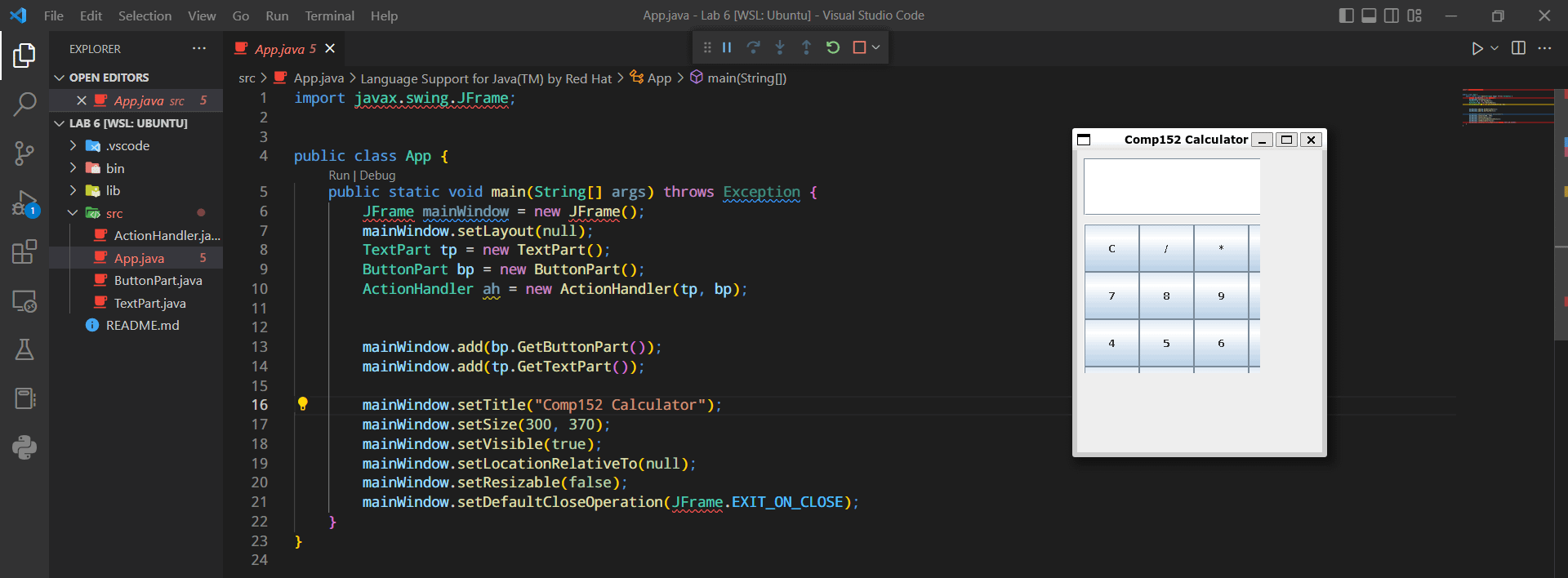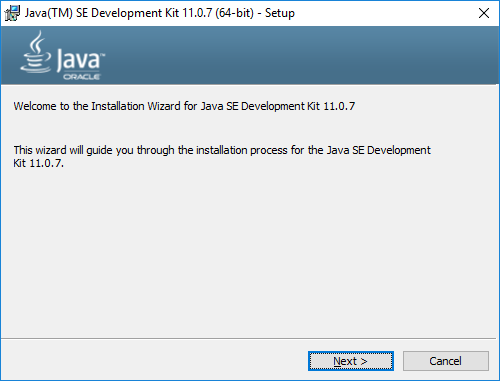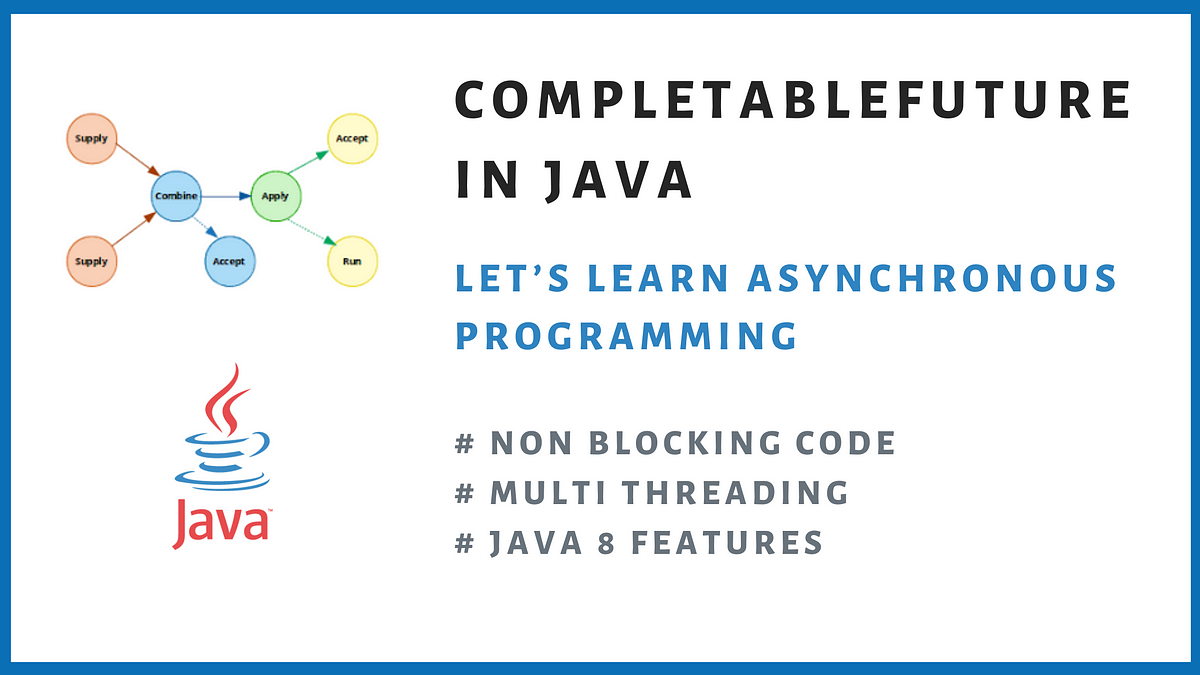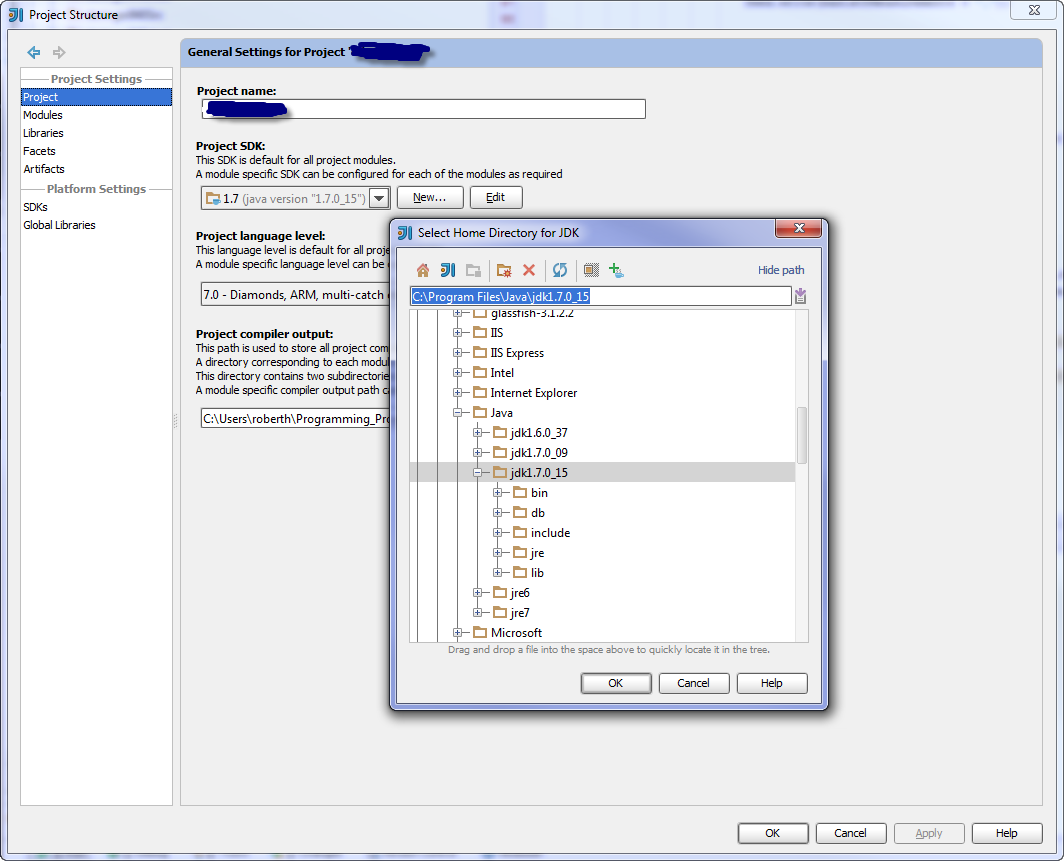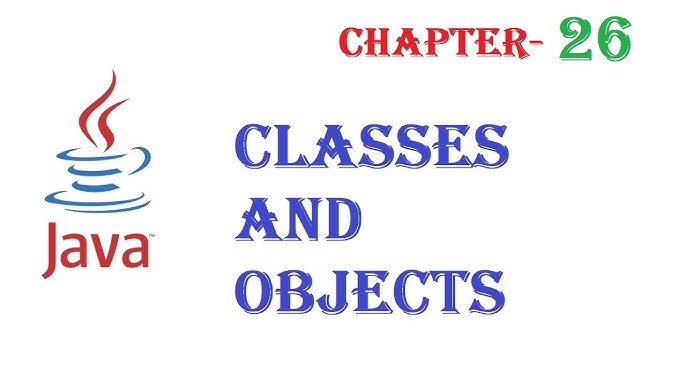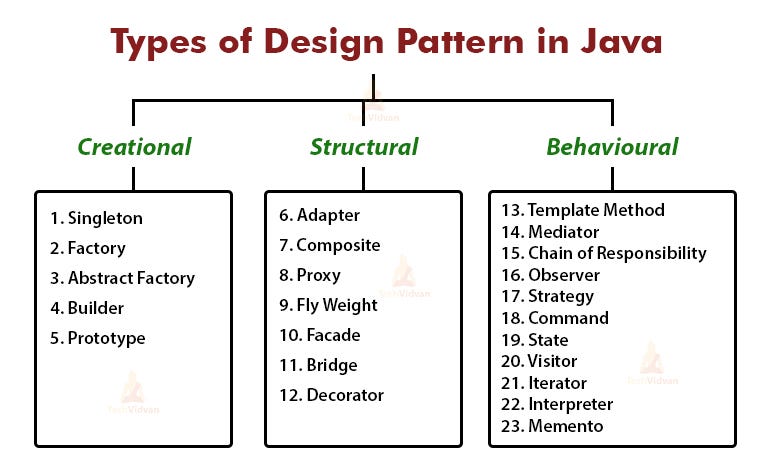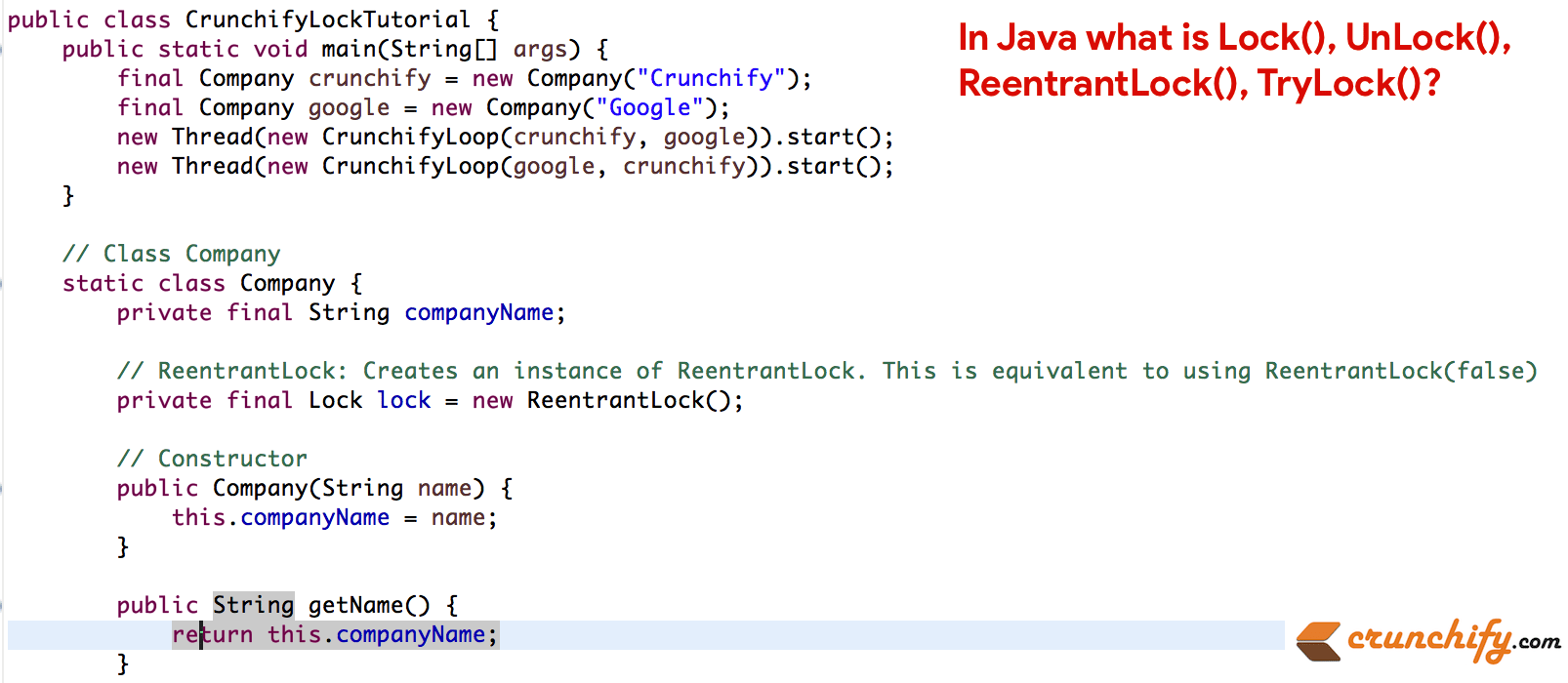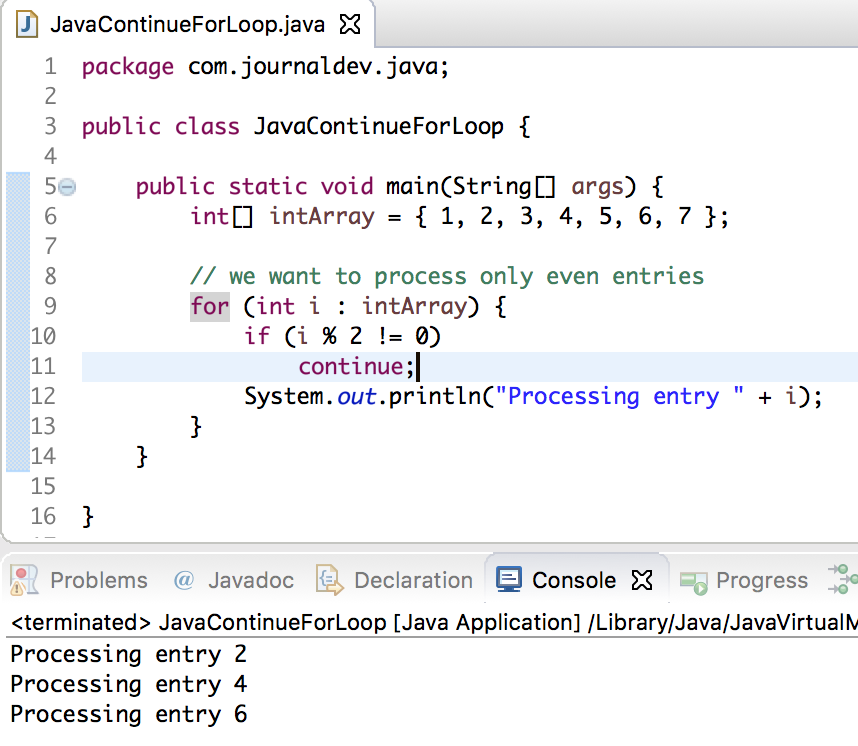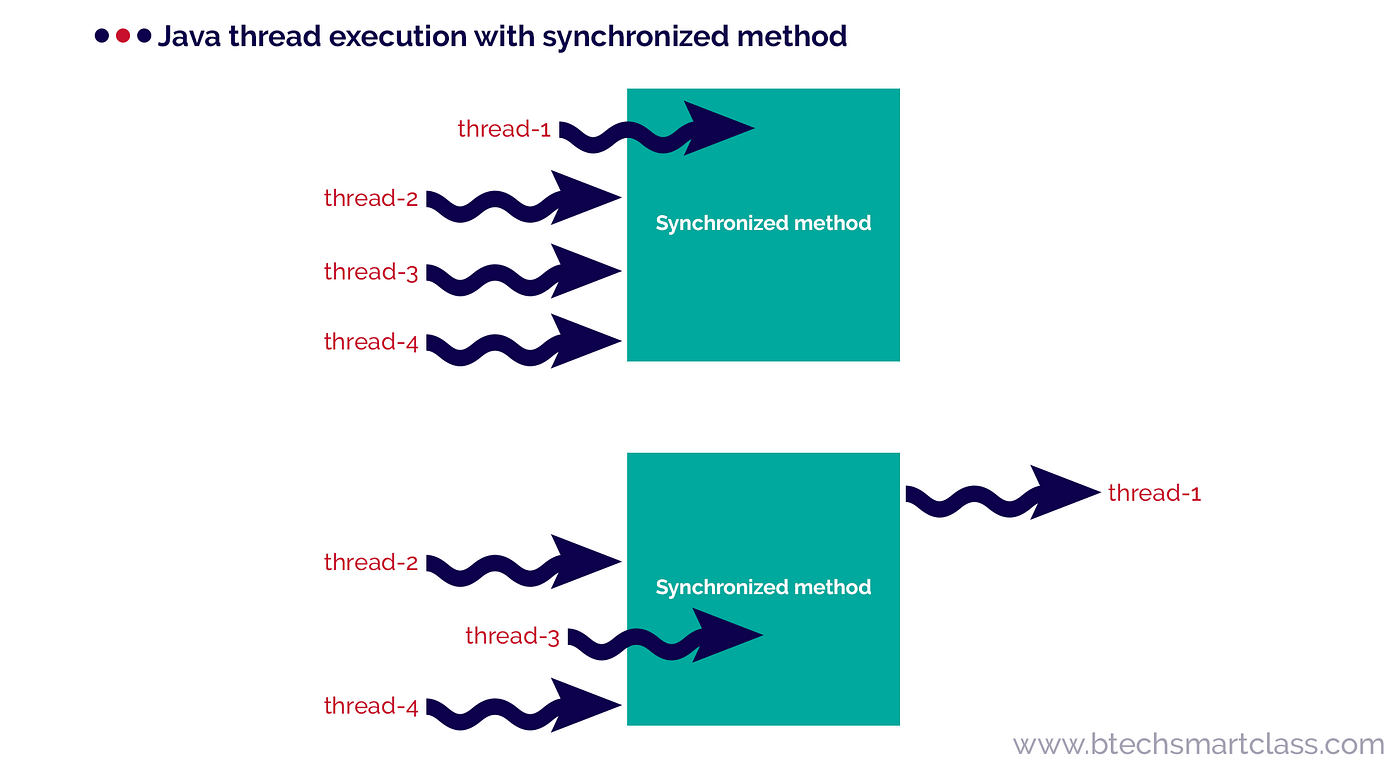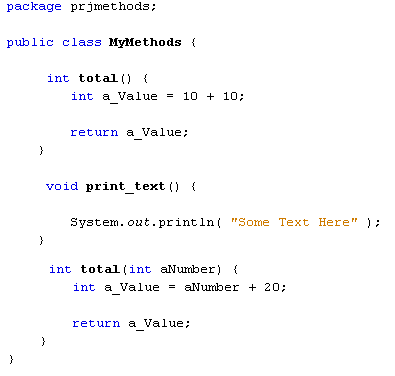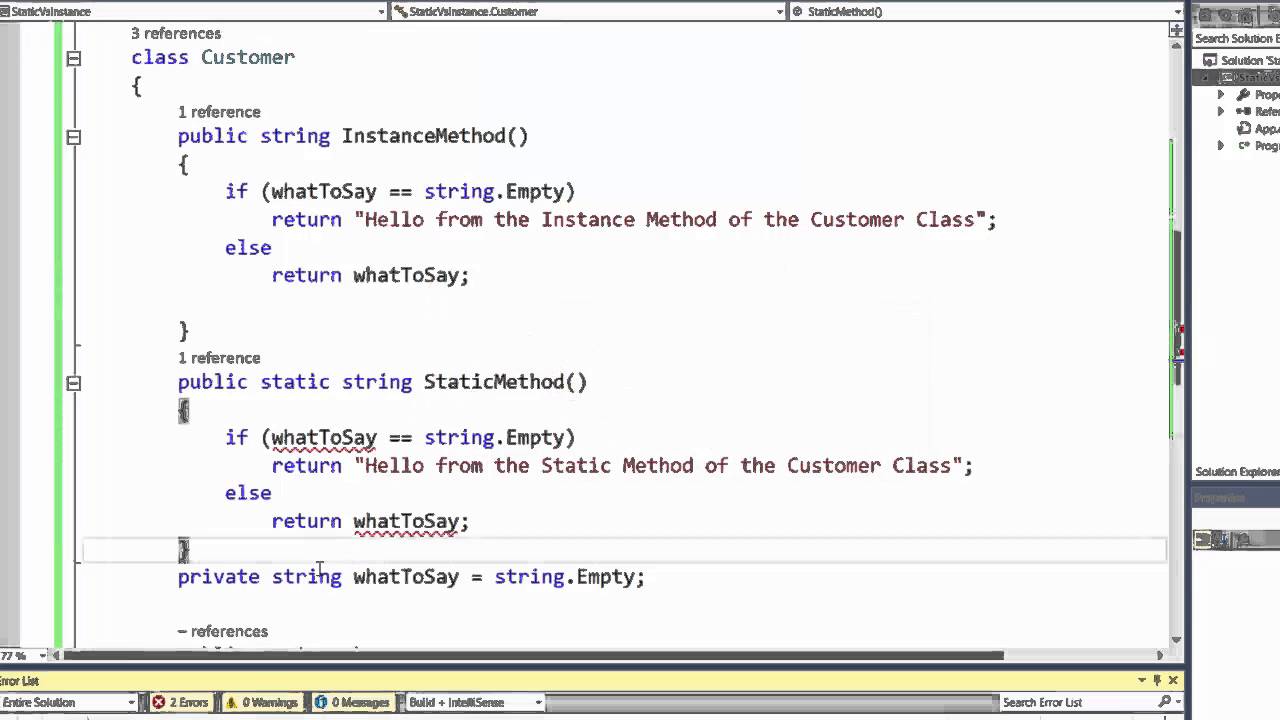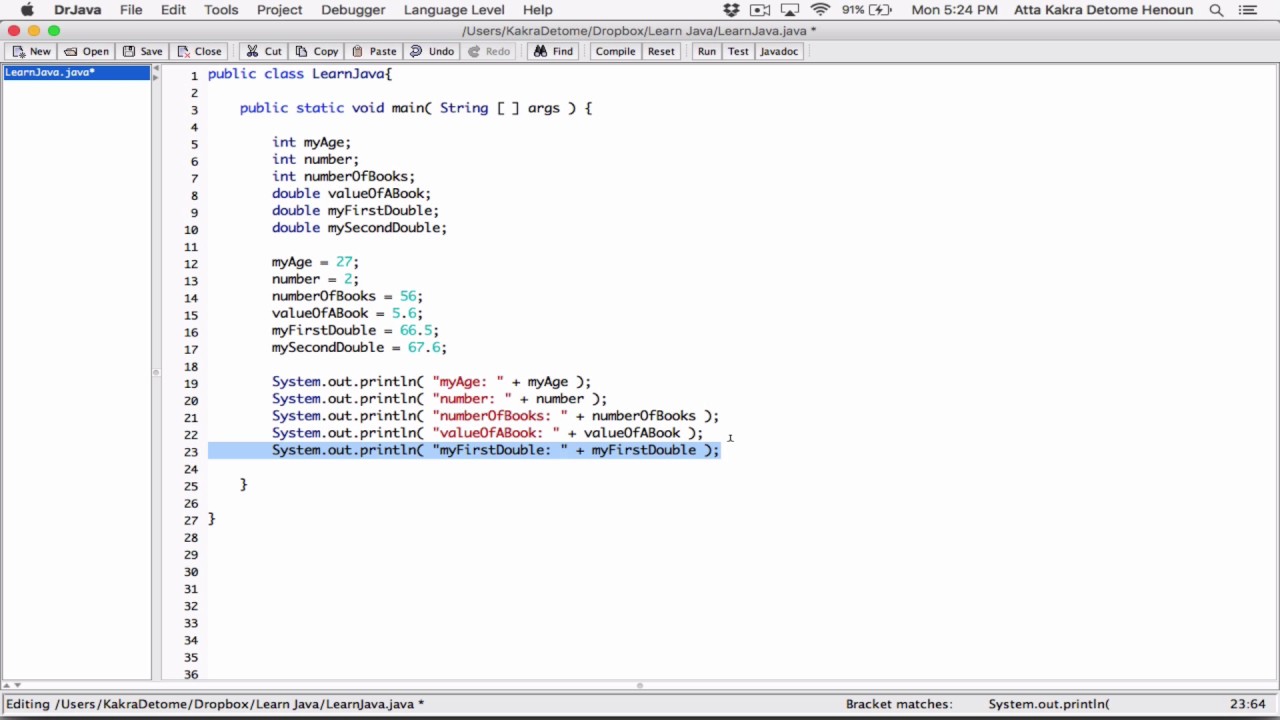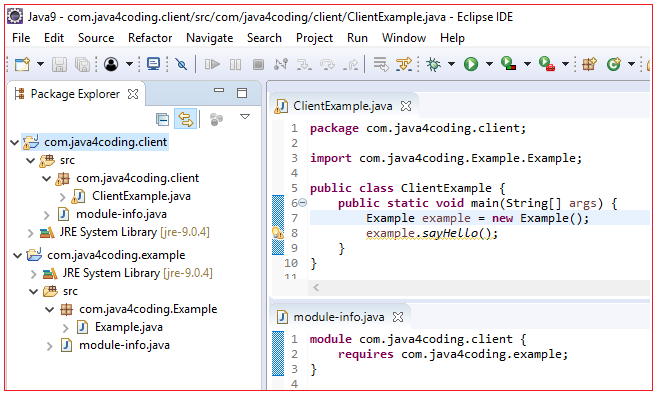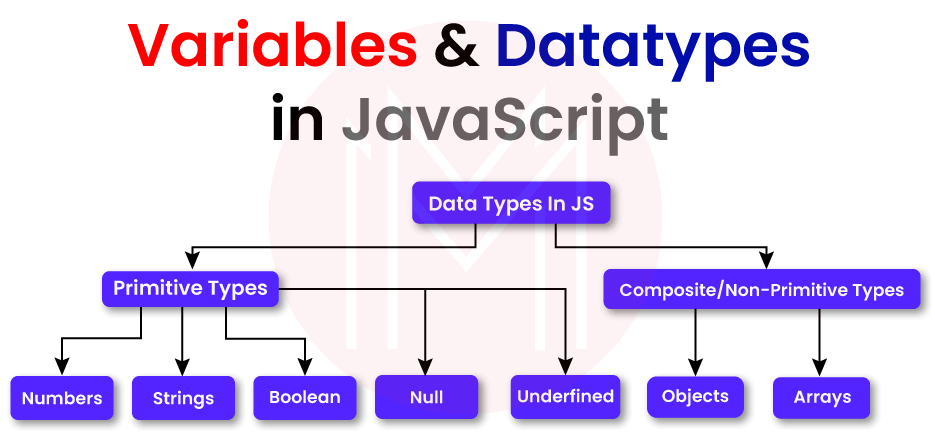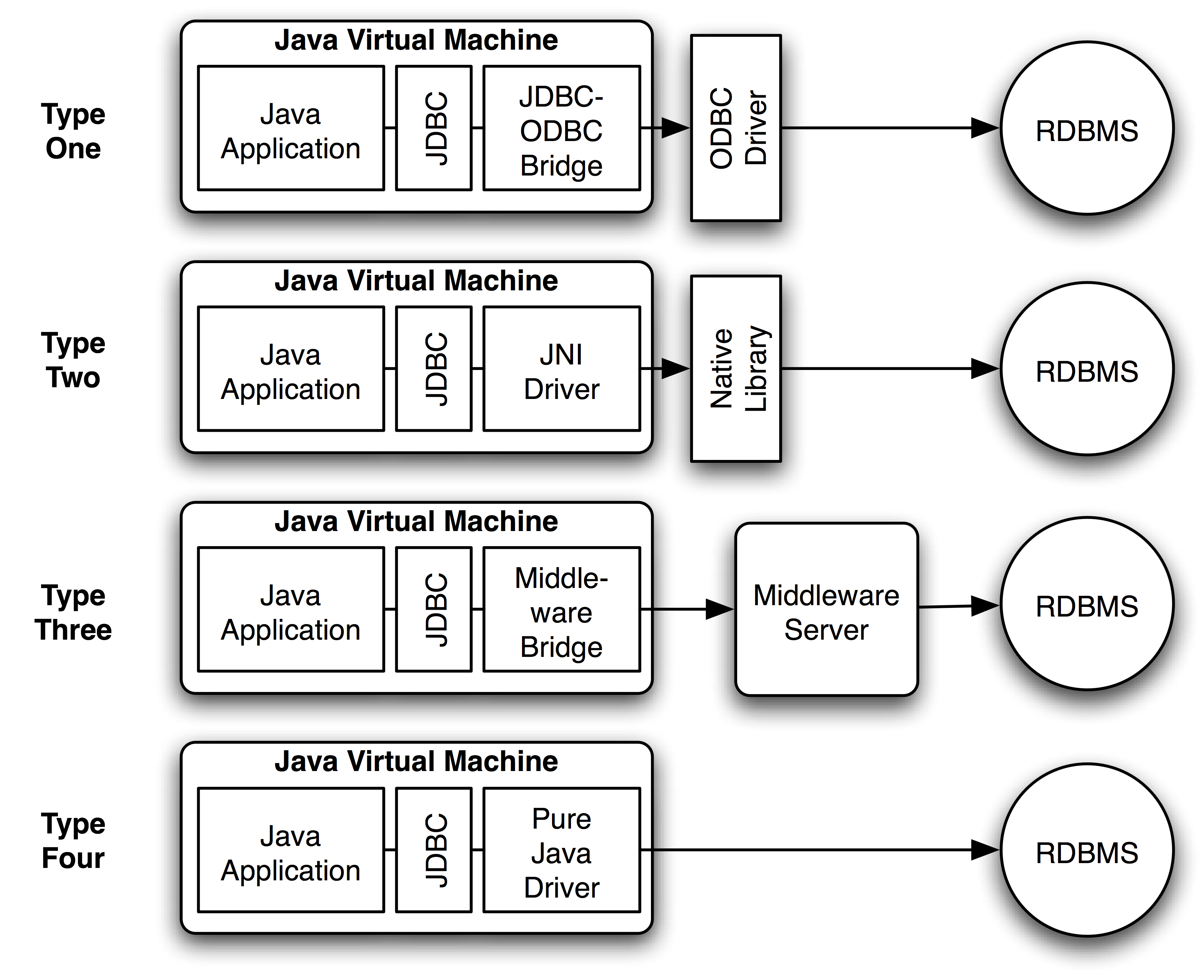Java stream api tutorial
Java stream api tutorial

I'd be happy to help! Here's a comprehensive guide on using the Java Stream API:
Introduction
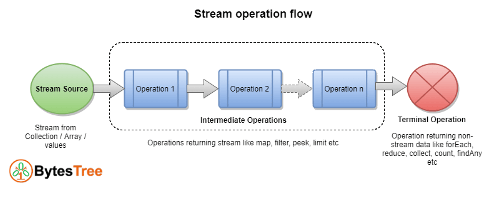
The Java Stream API is a set of classes and methods that allow you to process data streams, such as collections, arrays, or files, in a more concise and efficient way. It was introduced in Java 8 and has since become a fundamental part of the language.
What are Streams?
A stream represents a sequence of elements supporting parallel and functional-style operations. Think of it like a river: you can add water (elements) to the stream, process them as they flow through, and then collect the results at the end.
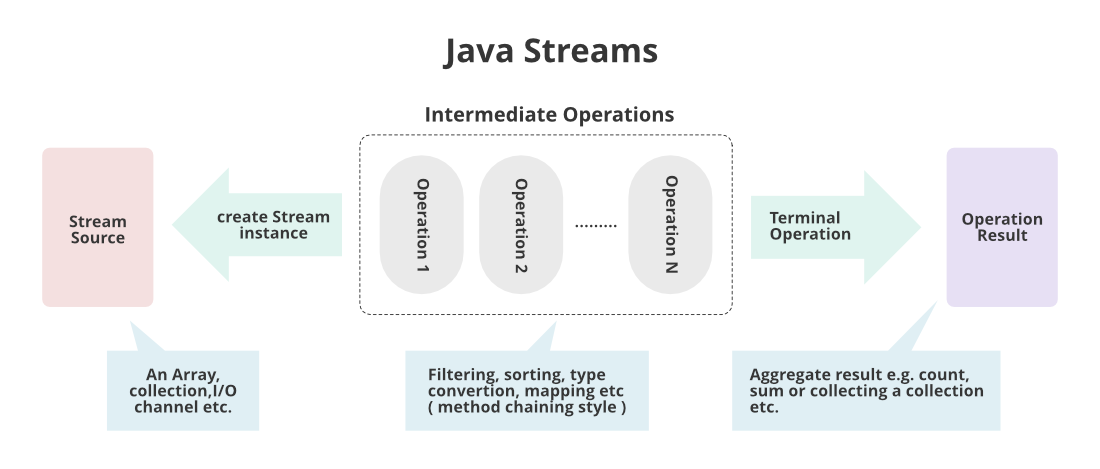
Key Concepts
Intermediate Operations: These are methods that transform the stream itself, such as filtering, mapping, or sorting. They return a new stream, leaving the original unchanged. Terminal Operations: These are methods that produce a final result from the stream, such as collecting or reducing. There can be at most one terminal operation in a stream pipeline.Basic Stream Operations
filter(): Returns a new stream containing only elements that satisfy a predicate (a boolean-valued function).Example:
map(): Returns a new stream where each element is transformed according to the provided function.List names = Arrays.asList("John", "Mary", "Jane");Stream filteredNames = names.stream()
.filter(name -> name.length() > 4)
.collect(Collectors.toList());
Example:
reduce(): Applies a binary operation (like addition or concatenation) to all elements in the stream, starting from an identity value.List numbers = Arrays.asList(1, 2, 3, 4);Stream mappedNumbers = numbers.stream()
.map(String::valueOf)
.collect(Collectors.toList());
Example:
List numbers = Arrays.asList(1, 2, 3, 4);int sum = numbers.stream()
.reduce(0, (a, b) -> a + b);
Common Stream Pipelines
Filter-Map: Filter elements and then transform them using a mapping function.Example:
Sort-Collect: Sort elements and then collect the results.List names = Arrays.asList("John", "Mary", "Jane");Stream pipeline = names.stream()
.filter(name -> name.length() > 4)
.map(String::toUpperCase);
Example:
List numbers = Arrays.asList(3, 1, 4, 2);Stream pipeline = numbers.stream()
.sorted()
.collect(Collectors.toList());
Best Practices
Use Lambdas Wisely: When creating lambdas for intermediate operations, keep them as concise and expressive as possible.Example: numbers.stream().map(x -> x * x) instead of numbers.stream().map(new Function<Integer, Integer>() { ... });
Conclusion
In this tutorial, we've explored the basics of Java Streams and common pipelines. With practice and experience, you'll become proficient in using these powerful APIs to process data efficiently and elegantly. Happy coding!
java stream foreach
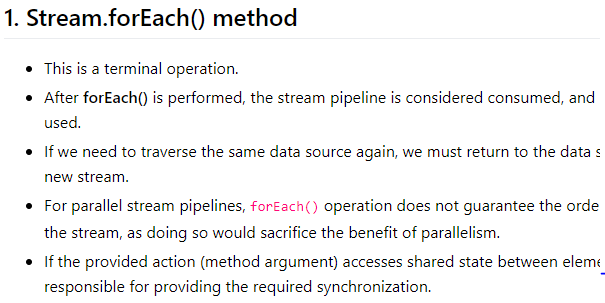
Here's an explanation of Java Stream API's foreach method:
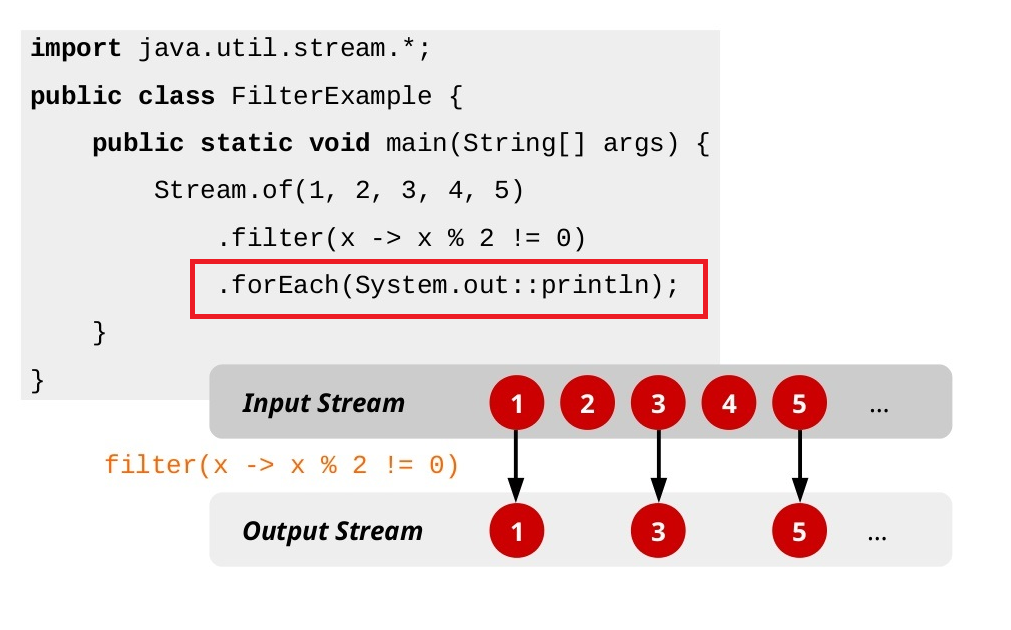
In the Java Stream API, foreach is a terminal operation that consumes elements from a stream and executes a provided action for each element. It does not return any value, but simply performs side-effects.
The signature of the foreach method is:
public default void forEach(Consumer action)
Where T is the type of the elements in the stream, and Consumer is a functional interface that represents an operation that accepts a single input argument and returns no value (i.e., a void return).
The foreach method is often used when you need to perform some operation on each element of a stream, but you don't care about the result. It's like a "for-each" loop in traditional programming.
Here are some examples of using foreach:
List names = Arrays.asList("John", "Mary", "Bob");// Print each name
names.stream()
.forEach(name -> System.out.println(name));
// Print each name with an uppercase first letter
names.stream()
.map(String::toUpperCase)
.forEach(System.out::println);
// Count the number of names that start with 'J'
long count = names.stream()
.filter(name -> name.startsWith("J"))
.peek(System.out::println) // print each matching name
.count();
In these examples, we're using foreach to:
Notice that foreach is a terminal operation, which means it will not allow other operations (like filtering or mapping) to be applied after it. If you try to chain multiple operations together and use foreach at the end, you'll get a compiler error.
Also, keep in mind that foreach does not return any value, so if you need to perform some calculation based on the elements of the stream, you should consider using a different terminal operation like reduce, collect, or count.
